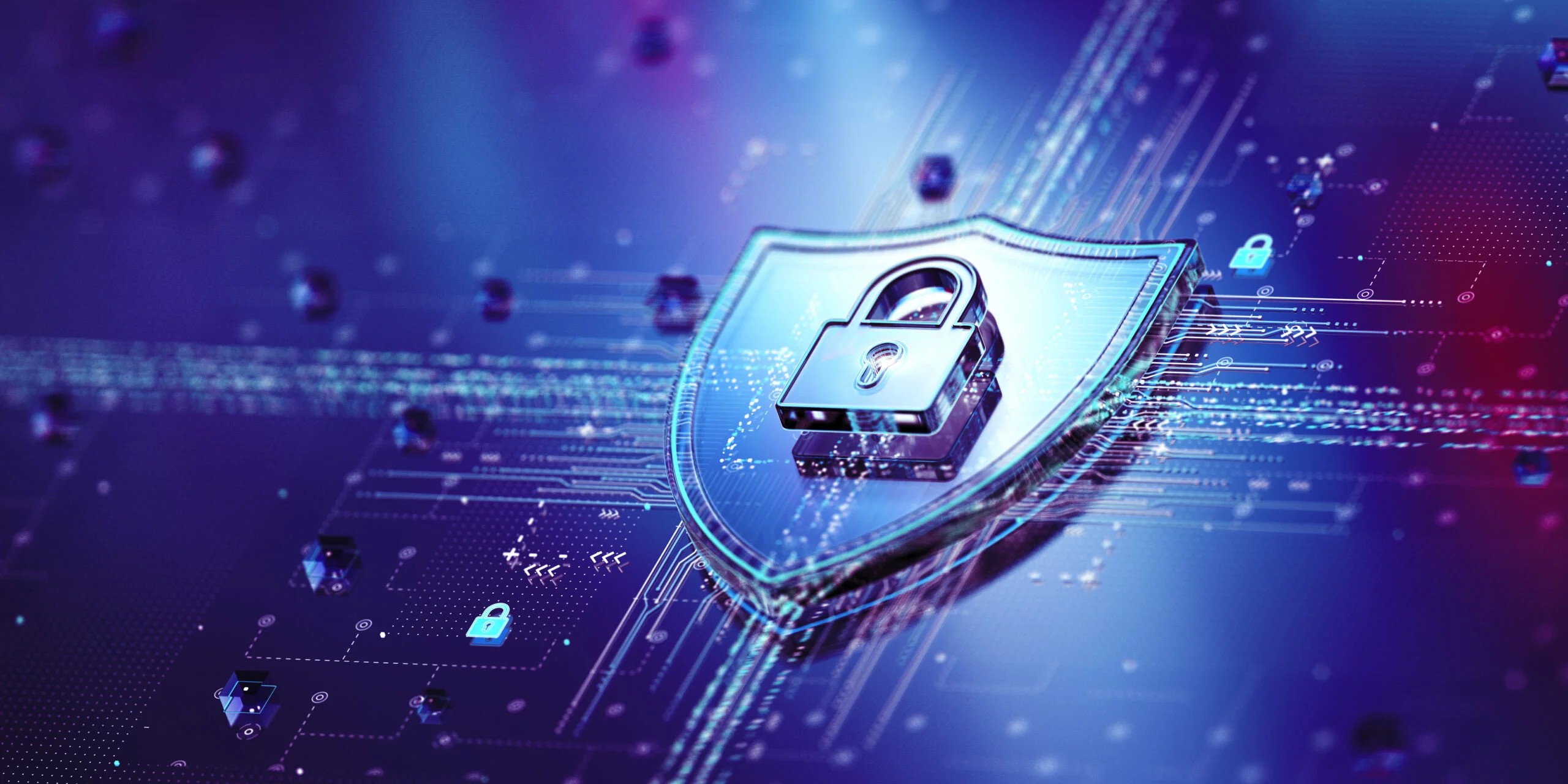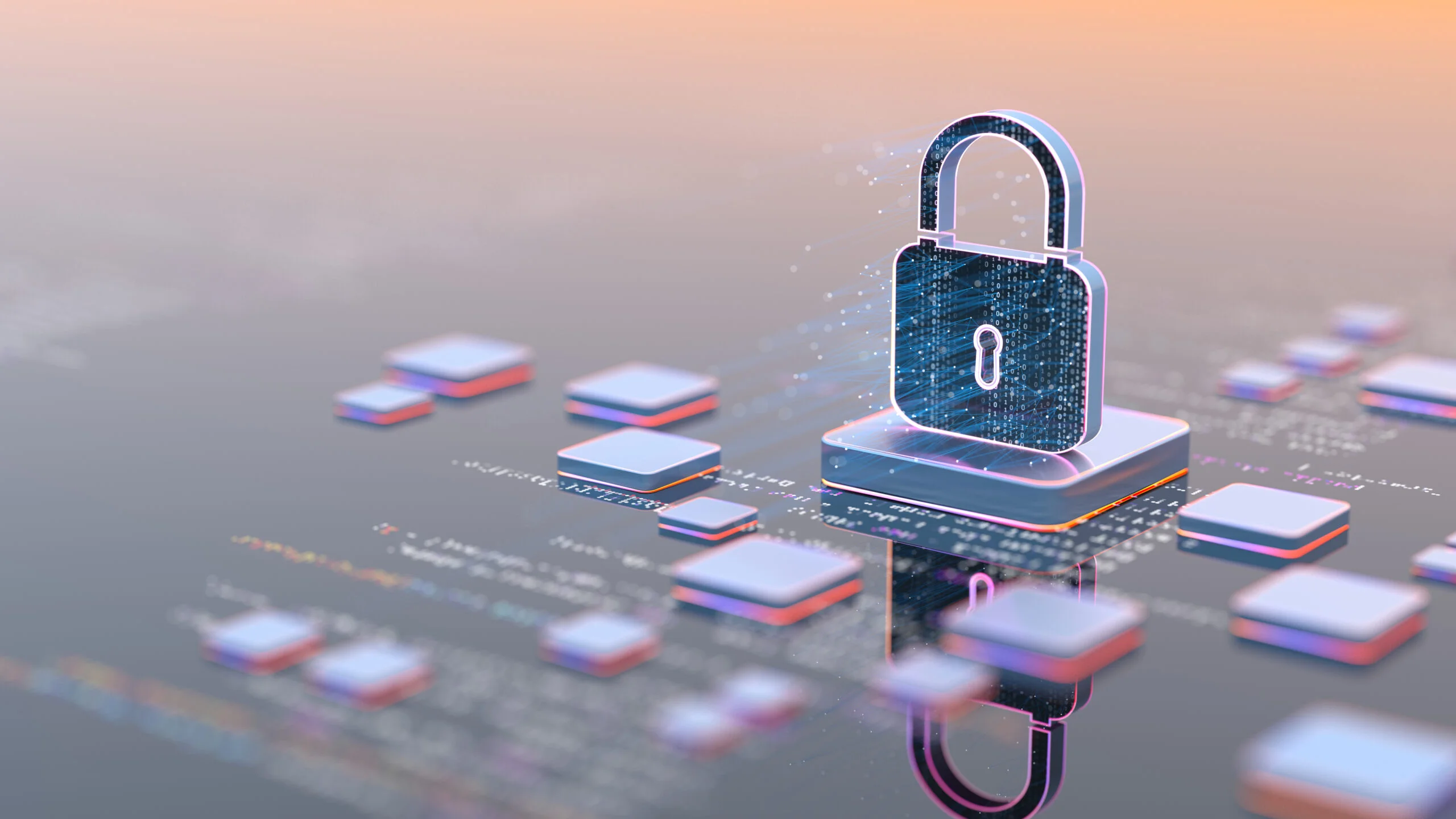The subscription service model has been around for centuries, initially pioneered by book and periodical publishers in the 17th century. Subscription models have evolved to include streaming media, food services, and, more recently, software. Because software-as-Service (SaaS) models were developed in parallel to the internet, the concept is relatively recent, with roots that date back to the turn of the century. Since then, SaaS models have exploded with approximately 15K SaaS companies in the U.S. alone. For energy providers, a utility SaaS product presents an opportunity for a scalable, flexible solution to meet programmatic BYOD or demand response needs that are developed, supported, and cost-effective.
What is a SaaS Product?
Simply put, software-as-service (SaaS) is a licensing and delivery model wherein developers provide all relevant software, updates, and support per subscription. Saas-products are realized through cloud computing, which allows providers to store their software solutions virtually. For energy providers, a utility SaaS product creates an opportunity to reduce development time and lower costs, while simultaneously providing a scalable, supportable solution that allows risk-averse operations to test out new concepts without overcommitting.
Utility SaaS Model Type: Grid-Edge DERMS
Distributed energy resource management systems (DERMS) are a prominent example of a scalable software solution. For utilities invested in demand response or DER-oriented programs, DERMS are the operating system that helps control otherwise disparate device types during demand events. There are three basic types of DERMS:
- Purpose-Built Grid-Edge DERMS – Designed to anticipate and satisfy any utility operations programmatic needs.
- Vendor-Led Solutions – This Grid-Edge DERMS solution is developed by a third-party vendor, who takes responsibility for all event calling and more, minimizing utility provider involvement.
- Flexible Self-Service SaaS – A scalable, utility SaaS model solution designed to empower energy providers an opportunity to grow their programmatic interests at a lower cost.
For purpose-built Grid-Edge DERMS, the upfront price tag can be extreme and take considerable time to develop. Vendor-led solutions are useful for utilities looking for someone to develop and manage their programs, though often feature a limited number of potential device partners while ceding valuable customer engagement data to a third party. The only utility SaaS model solution, flexible self-service Grid-Edge DERMS offers a low bar of access for interested utilities without high upfront costs and complete utility control.
Why Aren’t Utility SaaS Products Already the Norm?
Utility SaaS products are still a relatively unknown quantity, from reliability to cybersecurity concerns and more. While subscription services have had centuries to develop, SaaS is still a relatively new premise. Because of that, institutions like banks, hospitals, and utility providers —operations that require an unbreaking continuity of service— have understandably been slow to adopt SaaS models. For utilities, that risk-aversion is further complicated by regulatory and legislative requirements including budgetary restrictions and global decarbonization efforts.
– Jeff Quigley, Sr. VP of Customer Solutions, Virtual Peaker
These challenges present a paradigm shift for utility providers. Where once utilities controlled all revenue streams from generation to transmission, distributed energy resource (DER) technologies from personal rooftop photovoltaic solar panels to electric vehicle (EV) charging needs have reshaped the modern grid.
Still, while DER technologies have existed for years, they have only become more accessible to consumers over the last decade. With a growing prosumer-base and imminent tech disruption, utilities are stressed to find novel, cost-effective solutions to their programmatic needs and beyond. Fortunately, the right utility SaaS product provides an easy entrance for energy providers to find an affordable software solution that can scale to meet operational needs.
Why Has SaaS Taken So Long To Get to Utilities?
SaaS models aren’t a new concept, although their increased prevalence is a modern conceit driven by cost and time efficiency to rise to technological innovations. For many of the reasons enumerated above, historically utilities have focused on controlling all aspects of their purpose-built DERMS software deployments. Now, that model is leaving utilities behind as software as a service spreads through the utility space. Now, controlling software outcomes is more critical than ever, both in terms of the evolution of a utility’s programmatic needs as to pivot in the event of increased cybersecurity threats. With a utility SaaS product, providers can test and develop new ideas without the encumbrance of an overwhelming price tag.
Tech Modularity
By design, a utility SaaS model offers scalable individual software solutions. In contrast, imagine buying any piece of modern technology; as is often the case, consumers are restricted by proprietary device restrictions. What that means is that in too many instances, consumers aren’t able to scale their products to meet their needs. For example, some computer types aren’t designed to be either modified or repaired, which has led to community movements to mitigate forced obsolescence. A utility SaaS model is the opposite of that too-common paradigm, as software is scalable, upgradeable to match existing updates, and, in the right case, connectable with other suites as needed.
Subscription Updates/Support
Following our repair analogy, a utility SaaS product is specifically designed to feature updates and support. For some industries, updating new tech is complicated and costly; you have to shut an operation down at times to make it happen OR work off hours. That’s an unacceptable proposition for utility providers, who require reliable continuity of service to meet ratepayer or member needs. Under a utility SaaS model, software is supported and updated at a time that works with providers in respect to their needs and time constraints. This minimizes IT development costs, allowing your team to turn their focus elsewhere.
How is SaaS Valuable to Cybersecurity
Software updates are a common requirement to ensure that any system is up-to-date and secure. Fortunately, by using a utility SaaS product, those updates are managed by the service provider, not the individual utility operation. Especially with world events threatening the cybersecurity of vulnerable operations, software updates are an important practice for any utility SaaS product. Likewise, with the right utility SaaS product, providers are able to update quickly and efficiently, without threatening the continuity of service.
Utility SaaS Product Conclusion
Lowering the barriers to accessing distributed energy resources (DERs) and demand response conservation efforts is critical for utilities facing an uncertain future to adopt technologies that can empower their programmatic efforts. Utility SaaS products represent a low-risk means of testing out program ideas without being tied to unwieldy or expensive projects. A utility SaaS product allows utility providers to find what they want as they need it, and scale according to their resources and abilities. With both DER and demand response markets booming, is your utility ready for the modern grid?







